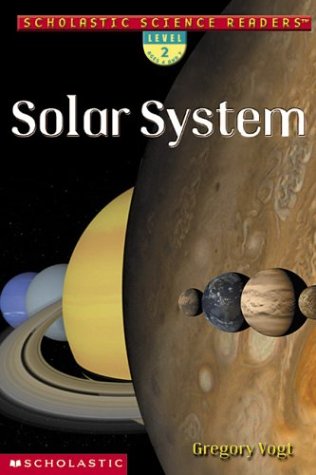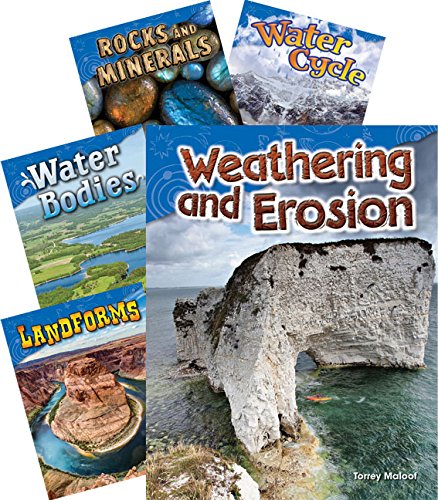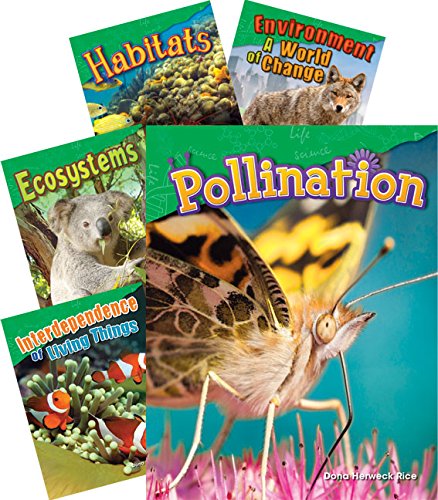-
Solar System
Gregory L. Vogt
Paperback (Scholastic Paperbacks, Oct. 1, 2002)Take a journey through space! The Scholastic Science Readers series was created especially to bring exciting nonfiction to beginning readers. Ilustrated with full-color photographs.A simple explanation of the sun, moon, and the nine planets, with additional facts about asteroids and space exploration.Learn what the sun is made of, and how the sun's gravity makes the planets orbit around it. Find out how far each planet is from the sun, how many moons it has, and what it looks like up-close!Why study the solar system? Space exploration could explain the history of the universe or reveal whether there is other life out there! N
N
-
Scholastic Science Readers: Skeletons
Lily Wood
Paperback (Scholastic Reference, Aug. 1, 2001)An overview of the human skeletal system shows young readers how many bones make up the human body, what they are made of, how they grow, how they can be strengthened, and how they work together with muscles. Original. L
L
-
Rocks and Minerals
Edward R. Ricciuti
Paperback (Scholastic, Oct. 1, 2001)The Earth's rocks and minerals come to life! The Scholastic Science Readers series was created especially to bring exciting nonfiction to beginning readers. Illustrated with full-color photographs.This simple introduction to rocks and minerals illustrates where they come from, as well as the many ways in which they are formed. Young readers will explore the layers of the Earth and find out whether common rocks are igneous, metamorphic, or sedimentary.Fossils and gemstones are also discussed. N
N
-
Schol Sci Rdr: Spiders
Carolyn B. Otto, Carolyn Otto
Paperback (Scholastic Reference, Oct. 1, 2002)See these eight legged creatures spin their webs! The Scholastic Science Readers series was created especially to bring exciting nonfiction to beginning readers. Illustrated with full-color photos.This basic introduction to spiders demonstrates thier wide variety of colors and sizes, as well as the many different environments they live in.Be careful not to touch spiders! Just watch them closely as they spin silk to make webs, to protect their eggs, and to catch food. K
K
-
Earthquakes
Deborah Heiligman
Hardcover (Scholastic, Aug. 16, 2002)Book by Deborah Heiligman
-
Teacher Created Materials - Science Readers: Earth and Space Science - 5 Book Set - Grade 2
Teacher Created Materials
Paperback (Teacher Created Materials, Nov. 15, 2014)Give students an understanding of important Earth and space science topics with this 5-book set! These nonfiction books will introduce second-grade students to scientific concepts such as the water cycle, landforms, erosion, and more! Each book provides a "Let's Do Science" hands-on activity that is aligned to the Next Generation Science Standards and supports STEM Education. These books include easy-to-read informational text, vibrant images, and text features, such as a glossary and an index, to keep readers engaged as they develop science content-area literacy. Titles in this set include: Landforms, Water Bodies, Rocks and Minerals, Weathering and Erosion, and Water Cycle. P
P
-
Scholastic Science Readers: Bats
Lily Wood
Paperback (Scholastic Reference, Aug. 1, 2001)In a close-up look at the flying creatures of the night, kids will learn where bats live, what they eat, how they find prey by using echolocation, how they help people, and how people can help them. Original. J
J
-
Teacher Created Materials - Science Readers: Life Science - 5 Book Set - Grade 2
Teacher Created Materials
Paperback (Teacher Created Materials, Nov. 15, 2014)Teach young students about important life science topics with this 5-book set! These nonfiction books will introduce second-grade students to scientific concepts such as ecosystems, habitats, interdependence, pollination, and more! Each book provides a hands-on "Let's Do Science" lab activity that is aligned to the Next Generation Science Standards and supports STEM Education. Featuring easy-to-read informational text, vibrant images, and text features, such as a glossary and an index, readers will be engaged while developing science content-area literacy. Titles in this set include: Ecosystems, Environment: A World of Change, Habitats, Interdependence of Living Things, and Pollination. Q
Q
-
Investigating the Chemistry of Atoms: Physical Science
Elizabeth Cregan
Paperback (Teacher Created Materials, Aug. 3, 2007)In this fascinating book on physical science, readers will discover some of the basics of physics, including matter, Atomic Theory, alchemy, electrons, neutrons, protons, nucleus, and radioactivity. The easy-to-read text and engaging facts and sidebars work in conjunction with the colorful, vivid images, photos, and diagrams to captivate and delight readers from cover to cover. A glossary, index, and hands-on lab activity provides readers with the opportunity to explore the world of matter on their own!About Shell Education Rachelle Cracchiolo started the company with a friend and fellow teacher. Both were eager to share their ideas and passion for education with other classroom leaders. What began as a hobby, selling lesson plans to local stores, became a part-time job after a full day of teaching, and eventually blossomed into Teacher Created Materials. The story continued in 2004 with the launch of Shell Education and the introduction of professional resources and classroom application books designed to support Teacher Created Materials curriculum resources. Today, Teacher Created Materials and Shell Education are two of the most recognized names in educational publishing around the world. Y
Y


